According to the optical principle, the focal point has only one plane. This is the focal plane, and the area within the focal plane is the clearest. The camera focus ensures that the camera gets the best possible image. When the subject is just on the focal plane when taking a photo, it is in focus. Below are the necessary details that you need to know about camera focus
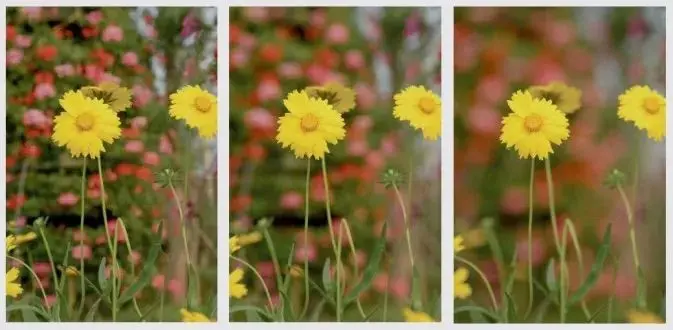
Depth of Field
The object on the focal plane is the sharpest. However, some part of the object outside the focal plane is also sharp – this is the depth of field. The depth of field in front of the focal plane is the depth of the foreground. Likewise, the depth of field behind the focal plane is the depth of field. The farther away from the focal plane, the lower the sharpness, until it reaches a certain boundary, and then it becomes blurred. If you want to take a photo with strong bokeh, reduce the depth of field, otherwise increase the depth of field.
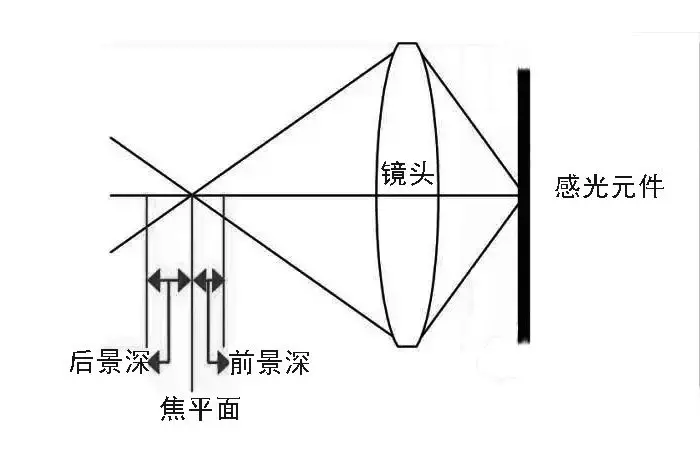
Regarding the depth of field, there are calculation formulas and apps that directly generate calculation results. Put a depth-of-field calculation formula.
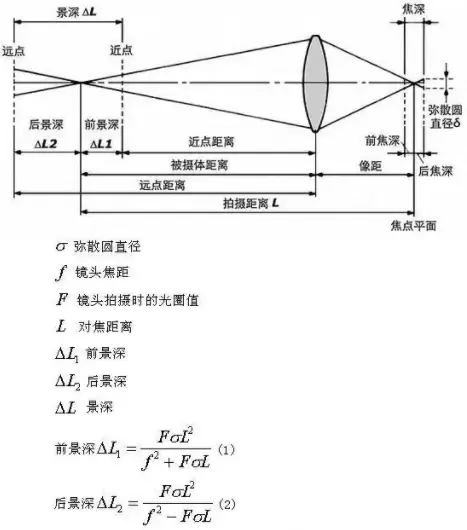
There are 3 common factors that affect the depth of field. These factors are aperture, focal length, and focus distance (object distance).
- The larger the aperture, the smaller the depth of field.
- The longer the focal length, the smaller the depth of field.
- The shorter the object’s distance, the smaller the depth of field.
Autofocus and manual focus
The first step in focusing is to adjust the position of the focal plane so that it is correctly in focus with the subject. There are two types of focusing methods: manual focusing (MF) and automatic focusing (AF). When manually focusing, you turn the focus ring on the lens by hand, and the focal plane changes, moving from closest to furthest. The pursuit of photography in the digital age is to facilitate the fast keys. Manual focusing is too troublesome. However, if the aperture is smaller than the focus point, it will cause the autofocus to fail. There will be a need for manual focusing.
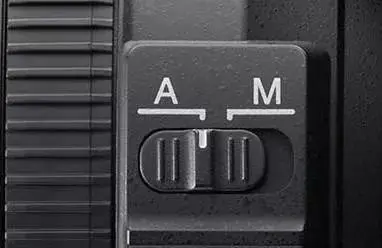
In the autofocus (AF) state, half-press the shutter button of the camera, and the lens will automatically focus. The pursuit of AF is convenience. For more convenience, there are 3 common modes: Single AF, Continuous AF, and Intelligent AF.
One-shot AF (or Single AF)
The camera only focuses once, and it will not change after it is aligned. Even if the subject runs away and the camera moves, the focal plane distance will not change. This trick is suitable for shooting still objects, and this focus mode is used in most cases.
Continuous AF
As long as you half-press the shutter, the focusing system will always work. If the subject moves, the focus will follow, ensuring that the subject is always in the focal plane.
Intelligent AF
It can be freely adjusted between single and continuous according to the state of the object to be photographed. It is also an AF mode that continuously performs automatic focusing on moving subjects. This focusing method is also suitable for shooting moving objects.
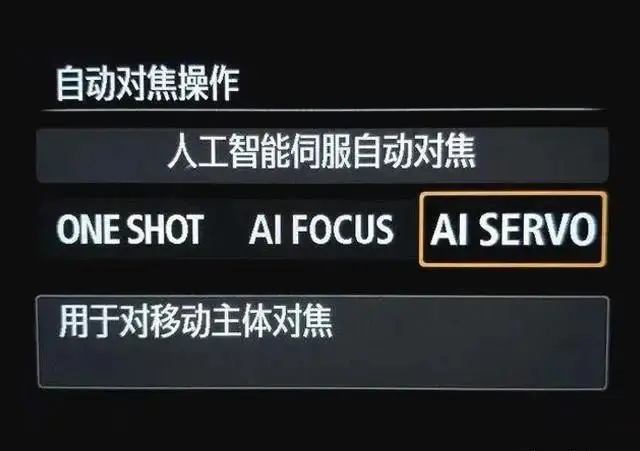
Focus range
The farthest is infinity, and the farthest point is the focal plane. At this time, there is no background depth of field, only the foreground depth is left. If your closest focusing distance is 0.5m, then you can focus on objects within 0.5m and beyond, and objects within 0.5m must not be in focus. Note that the calculation method of 0.5m is the distance from the “focus point” to the “camera sensor”, not the distance to the front of the lens. The camera generally uses the symbol in the figure below to mark the position of the sensor.
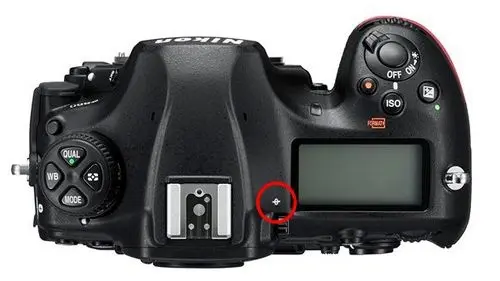
Hyperfocal Length
As the focus distance changes, so do the depth of field. When shooting landscapes, it is often necessary to be clear from far and near, in other words, to maximize the depth of field. When focusing on a certain point, the rear boundary of the rear depth of field just falls at infinity. The depth of field range is the largest at this time. This point of focus is the “hyperfocal distance”. Aperture and focal length will affect the depth of field, so different combinations of aperture and focal length will produce different hyperfocal distances. When shooting a starry sky, focus on infinity and then turn the focus ring back to find the hyperfocal distance. This will help to obtain the largest clear range and clear the foreground.
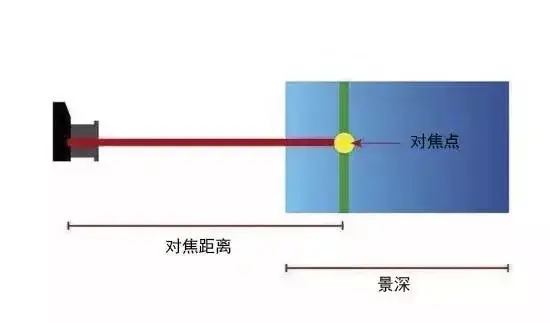
Continuously escalating focus
Manufacturers are also constantly improving the capabilities of camera and lens focusing systems. They are doing this to make autofocus “faster” and “more accurate”. You have to just half-pressed the shutter, and the machine can quickly find the object to focus on and successfully focus on it.
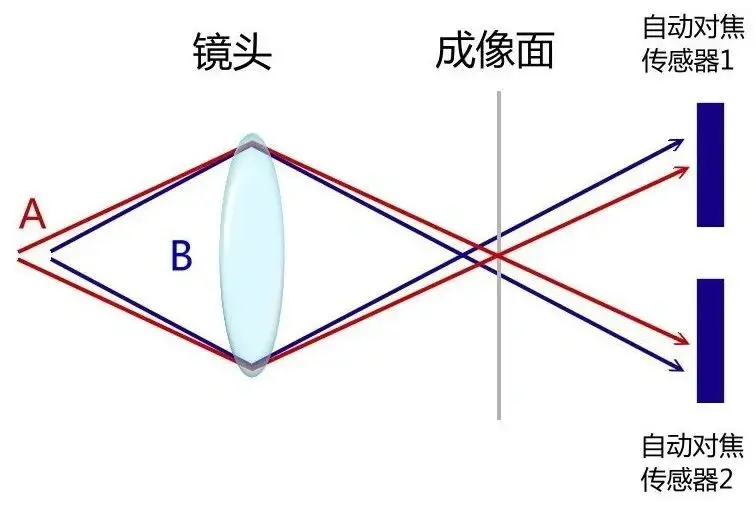
Focusing principle
The focusing principle can be subdivided into phase focusing and contrast focusing.
Phase focusing
Phase focusing mode is generally used by SLR cameras. The light entering the lens is refracted to the focusing module, resulting in a phase difference. The focusing module then judges the focusing method of the focus point position according to the phase difference.
Contrast focusing
The light entering the lens is directly projected on the photosensitive chip of the camera. The main photosensitive chip determines the focusing method of the focal position by calculating the contrast of the image.
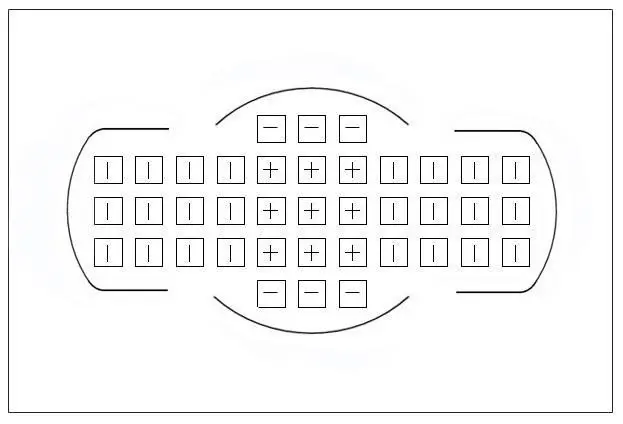
Recognition ability
The recognition ability is divided into linear focus, cross-focus, and double cross-focus.
Linear focusing
The linearity of the focusing module is divided into vertical lines and horizontal lines. When the lines of the object intersect with the vertical or horizontal lines, the camera can recognize and focus. If it is parallel, it will not be in focus.
Cross focus
Linear focus is one line, and cross focus is two lines, forming a “cross”, which improves the focus ability.
Double cross focus
On top of the original cross, another cross is added. Thus, the focusing ability is stronger.
Focus work area
There is also the focus work area, which mainly reflects the number of focus points and the area that each focus point can recognize.
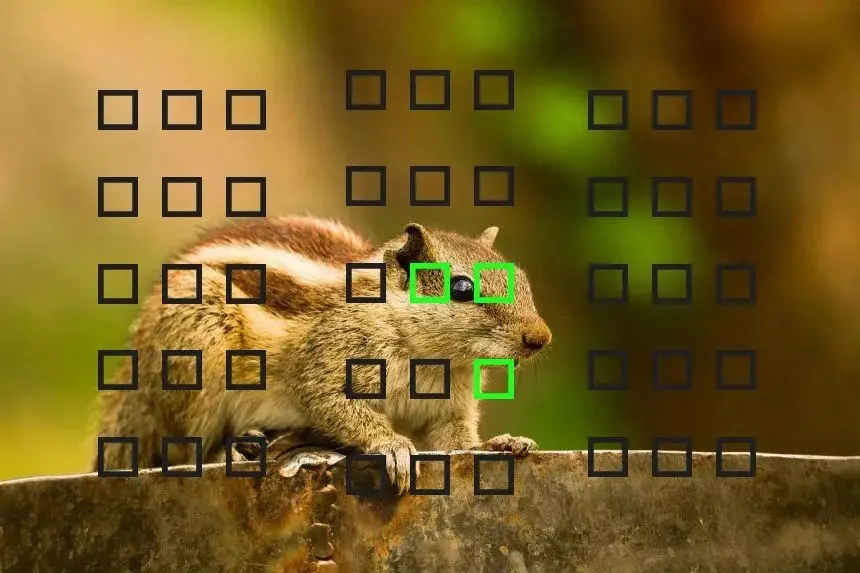
1. All focus autofocus
If you enable all focus autofocus, it is equivalent to handing over the focus to the camera. The camera will choose where to focus based on the entire frame. This focusing method is suitable for tracking shooting. When used in conjunction with the continuous AF mode, the camera’s focus can keep changing following the moving subject.
2. Single-point autofocus
You can select a focus point by yourself through the arrow keys so that a specific place in the picture is clear. For example, make sure the subject’s eyes are clear when shooting a portrait, or focus on a single flower in a sea of flowers. This method is precise and fast, but you need to carefully choose where to focus. In One-Shot AF mode (single-point autofocus), half-press the shutter to activate and lock the AF. Thus, you won’t have a focus shift when you recompose your shot.
3. AF point group
Some of the more advanced cameras allow you to select a set of focus points. This increases the speed of autofocus. It is good for tracking a small thing because it is difficult to track focus if there is only one focus point. When you manually select an AF point, the camera automatically uses the surrounding AF points to track things in motion.

